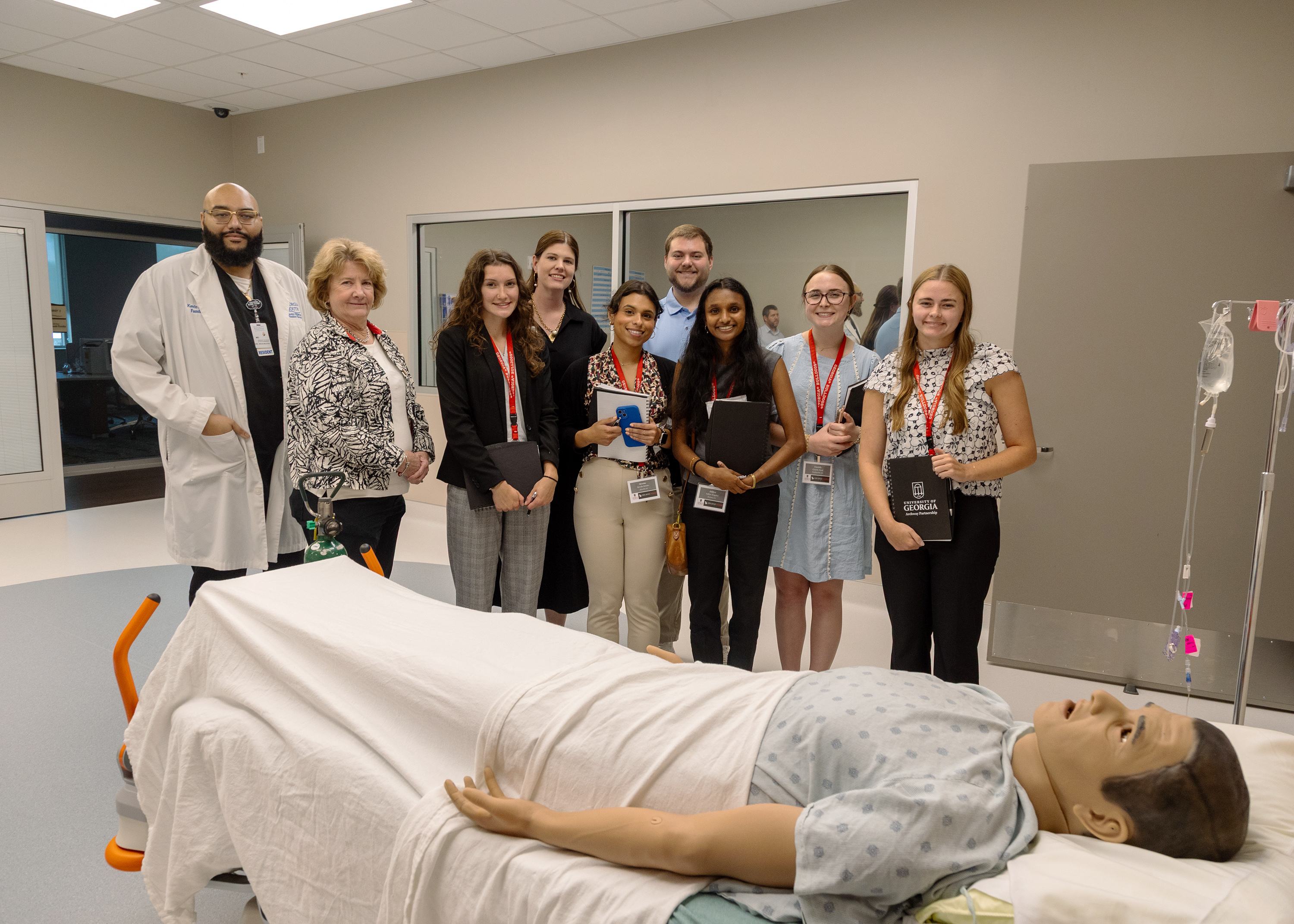New Cherokee language center nearly complete, set to house programs, immersion school
Published 3:15 pm Sunday, August 28, 2022

- Sara Serrano | Daily PressCherokee Language department Executive Director Howard Paden, right, shows immersion school teacher Dora Dunn the playground at the new Feeling Language Center in Tahlequah.
TAHLEQUAH, Oklahoma – The nation’s largest Indigenous tribe, with more than 430,000 citizens, is stepping up efforts to preserve its native language, with immersion schools and programs designed to protect elders.
Cherokee Nation Principal Chief Chuck Hoskin Jr. said the tribe has a “sacred mission” to save and revitalize its language.
Trending
“Nearly three years ago, Deputy Chief Bryan Warner and I proposed to the Council of the Cherokee Nation the ‘Durbin Feeling Language Preservation Act.’ The act enabled us to make a historic $16 million investment in additional language preservation and perpetuation measures,” said Hoskin. “This act is how we are building the state-of-the-art Durbin Feeling Language Center in Tahlequah to house, for the first time, all of our Cherokee language programs under one roof.”
The greatest enemy of the Cherokee language, Hoskin said, is the passage of time and the fragility of human life.
“Our Cherokee language is key to our identity as Native people. It’s the chain that links us to our past, and it’s what binds us together today,” said Hoskin. “Long into the future, may we look back on this decade to see that we revitalized the Cherokee language and other Indigenous languages across the globe, and that we did so because we understood the importance of our immersion programs.”
Howard Paden, executive director of the Cherokee Language department, described the programs.
“Cherokee Nation offers several avenues for our citizens — or even those who may not be citizens – to immerse themselves in the Cherokee language, and we are working diligently on new and more modern immersion opportunities all the time,” said Paden.
This includes the immersion school, which offers its students in grades preK-8 with curriculum taught at grave-level standards set by the state of Oklahoma, and exclusively taught in the Cherokee language.
Trending
“The books they read and write in, the posters that hang on the walls of their classrooms, the music they sing in music class – all of it is in Cherokee through an immersive environment,” he said.
Paden said the school is called “Tsalagi Tsunadeloquasdi” in Cherokee. It opened in 2001 and received its charter in 2010, making it the first Oklahoma charter school for Cherokee language immersion.
With construction of the Durbin Feeling Language Center, the immersion school will soon be moving to this new building, southwest of the W.W. Keeler Tribal Complex in Tahlequah. Paden recently led a tour through the construction area, showing off future sites of classrooms, a library, cafeteria, recording room and archive.
Tahlequah resident Dora Dunn is a fluent Cherokee speaker and immersion school teacher. A participant in the Friday tour, Dunn saw her future classroom for the first time.
“Golly, it was overwhelming, just thinking about the class,” said Dunn. “I just picture [the classroom] sparkling and beautiful — ready to teach.”
Dunn teaches preschool and has been doing immersion for 21 years. She said the new school is much “bigger and better” than the current one and thinks kids will learn better in the space, with more room for interactive play and learning.
“I just love to teach and give back my language to someone who will carry it on,” said Dunn.
Paden said there are immersive language programs for adults, too, like the Cherokee Language Master Apprentice Program.
“The CLMAP is pairs novice learners with master-level fluent Cherokee speakers. Participants are immersed full-time Monday-Friday, all day, and receive pay as a part of this program,” he said.
Paden described the program as an “intense, two-year commitment.” Upon completion, he said, participants are expected to be at least conversational in Cherokee.
“There have been 32 graduates so far, with the seventh cohort just recently graduating. The majority of our CLMAP graduates have become teachers, gone back to college to get a teacher verification or degree, or they have been hired into one of our Cherokee language programs,” said Paden.
Paden said most Cherokee citizens aren’t raised in a home with a fluent Cherokee speaker. He estimated there are around only 2,000 first-language Cherokee speakers remaining.
“So creating opportunities for our citizens to be immersed in the Cherokee language is absolutely critical to ensuring we not only save the language in the coming years, but that we establish a sort of re-growth that has the language being spoken by more and more Cherokees as a natural part of their everyday life,” said Paden. “Immersive learning is key to that success.”
Paden said he believes the Cherokee language is not going to be lost.
“We’re going to grow it and begin more and more to use it instinctively,” said Paden. “Our cultural identity is foundational to our uniqueness as Cherokee people. It’s not easy to learn a language that has more than 80 characters and a number of different pitches. Some of our estimates show it takes 3,500 hours to become conversational. That’s an enormous amount of time when you compare the Cherokee language to a language like Spanish, which is described as a ‘Level 1’ language and takes around 430 hours to learn and be conversational.”
Paden said that without their language, the Cherokee lose “the ability to our uniqueness.”
“I believe Cherokee immersion programs will allow us to maintain the traditional relationships we have had with our spirituality, the land, our communities, and our families,” said Paden. “Fluent Cherokee speakers often remind us the wisdom and cultural knowledge of the Cherokee people is found in the language.”





